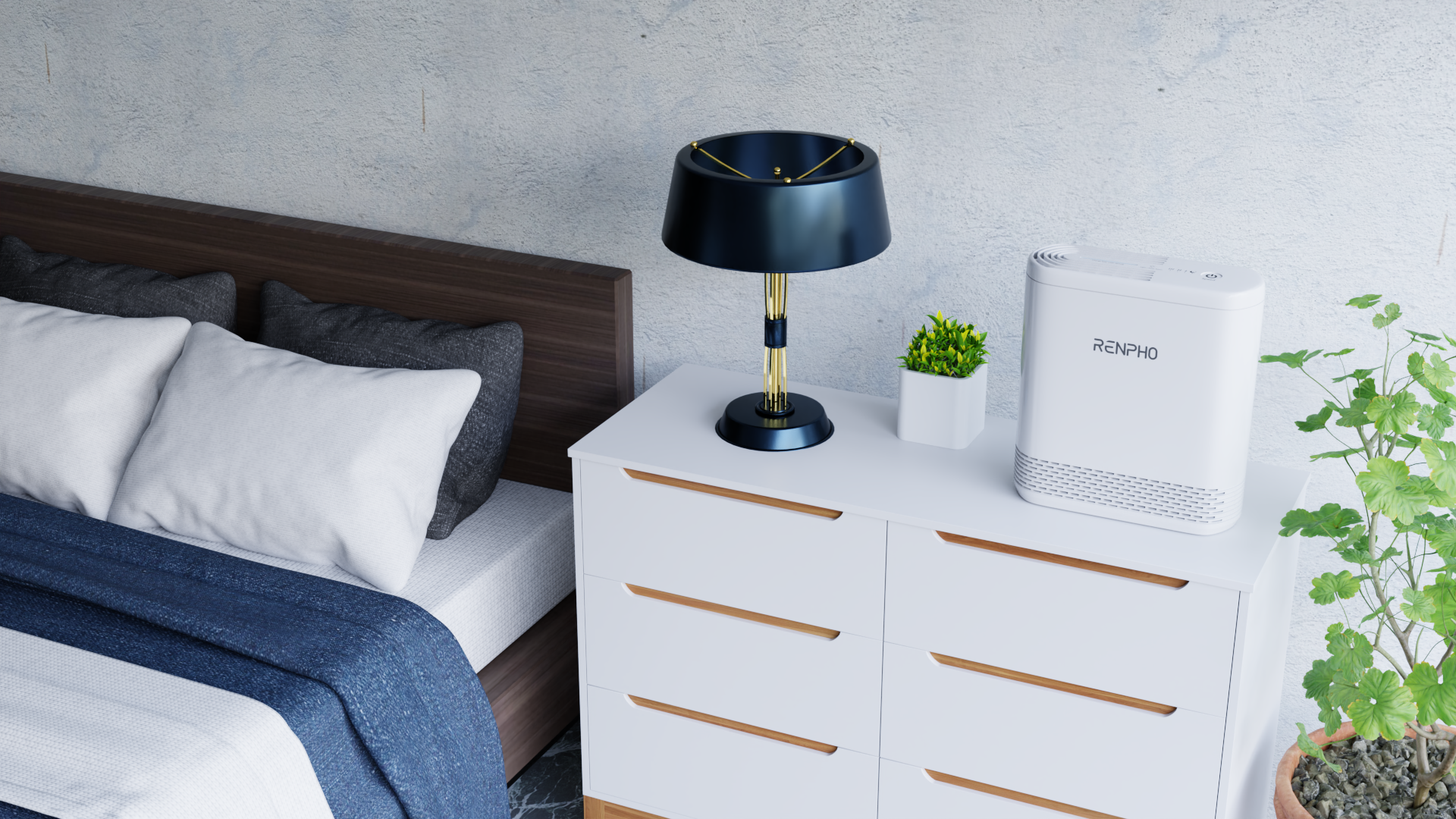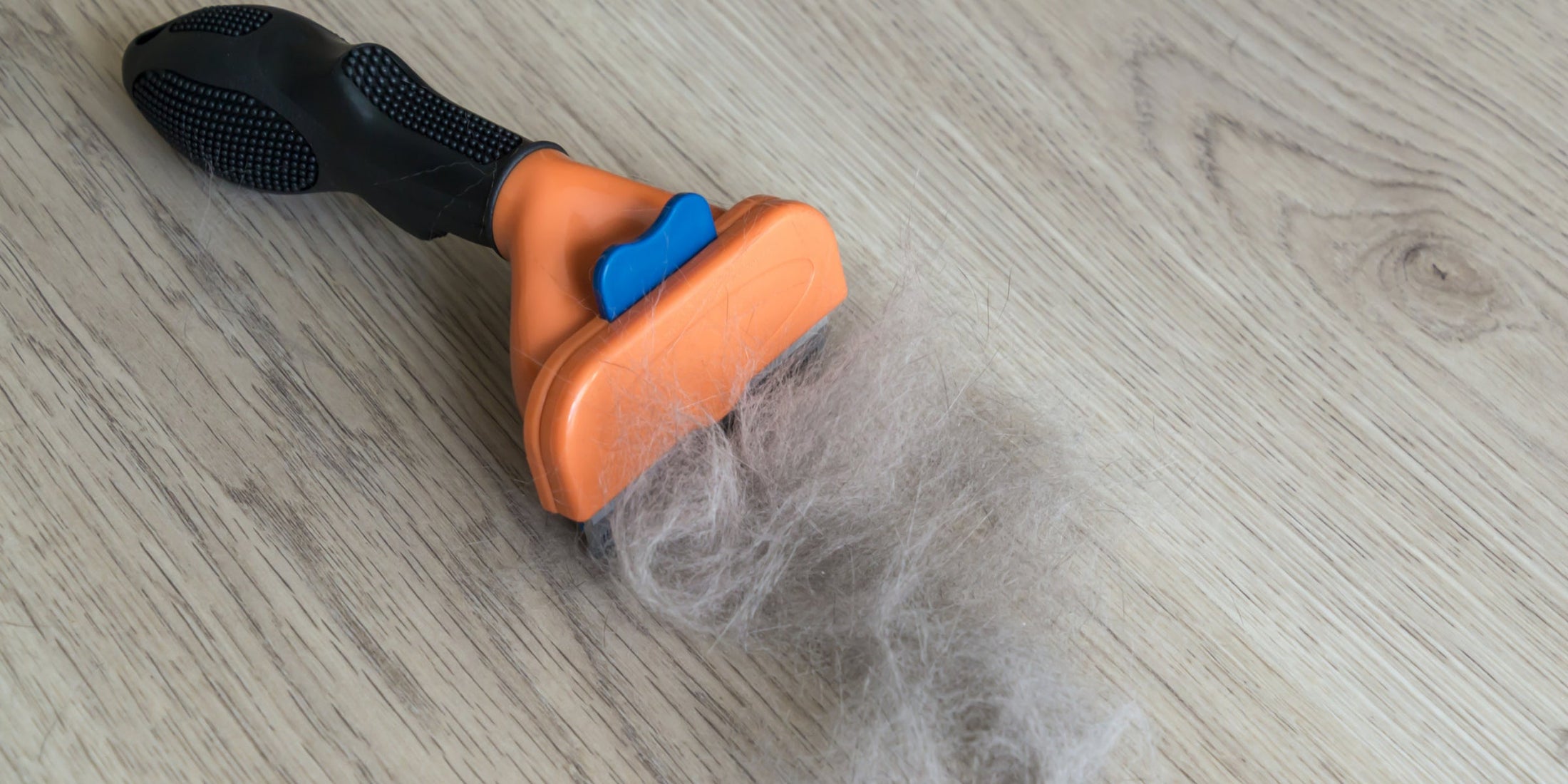Do you want to improve the quality of your indoor air and boost your mood at the same time? If so, you might want to consider adding some air-purifying plants to your home or office. Air-purifying plants are not only beautiful and decorative, but they also have the ability to remove harmful toxins and pollutants from the air, especially in enclosed spaces with little air flow. These toxins can come from various sources, such as carpets, glues, ovens, cleaning solutions, synthetic materials, and even your own breath. They can cause health issues like asthma, allergies, headaches, fatigue, and stress. By having some air-purifying plants around, you can reduce the risk of these problems and enjoy a cleaner and fresher environment.
But how do air-purifying plants work? And which ones are the best for your needs? In this article, we will answer these questions and provide you with some tips on how to choose and care for the best air-purifying indoor plants. We will also introduce you to some of the benefits of having plants in your home, such as improving your mood, concentration, productivity, and creativity.
How Air-Purifying Plants Work

Plants are natural air filters that can absorb harmful substances from the air through their leaves and roots. They can also release oxygen and moisture into the air, creating a more humid and comfortable atmosphere. Some plants are more effective than others at removing certain chemicals from the air, depending on their species, size, and leaf surface area. In 1989, NASA conducted a study to test the ability of various plants to remove volatile organic compounds (VOCs) from the air in a simulated space station. VOCs are a group of chemicals that can evaporate easily and cause indoor air pollution. Some of the common VOCs found in homes and offices are formaldehyde, benzene, xylene, toluene, and trichloroethylene. These chemicals can come from products like paints, varnishes, adhesives, carpets, furniture, plastics, and cleaning agents. They can also be emitted by combustion sources like cigarettes, stoves, fireplaces, and candles.
The NASA study also found that some plants were able to remove up to 90% of the VOCs from the air in a sealed chamber within 24 hours. The study also suggested that having at least one plant per 100 square feet of floor space can improve the indoor air quality significantly. However, the study also noted that plants alone are not enough to eliminate all the indoor air pollutants, and that proper ventilation and filtration are also necessary. Therefore, it is important to combine plants with other methods of improving the indoor air quality, such as opening windows, using fans, installing air purifiers, and avoiding the use of products that emit VOCs.
The Benefits of Having Plants in Your Home

Besides cleaning the air, plants can also provide other benefits for your health and well-being. Here are some of the advantages of having plants in your home:
- Plants can improve your mood and reduce stress. Studies have shown that plants can have a positive effect on your psychological state, by reducing anxiety, depression, anger, and fatigue. Plants can also lower your blood pressure, heart rate, and cortisol levels, which are associated with stress. Plants can also enhance your mood by producing pleasant scents, colors, and shapes, which can stimulate your senses and emotions.
- Plants can enhance your concentration and memory. Plants can help you focus and retain information better, by improving the oxygen levels and humidity in the air. Plants can also reduce the background noise and distractions in your environment, by creating a more natural and relaxing atmosphere. Plants can also boost your creativity and problem-solving skills, by providing you with inspiration and stimulation from nature.
- Plants can increase your productivity and performance. Plants can help you work more efficiently and effectively, by improving your mental and physical health. Plants can also motivate you and make you more satisfied with your work, by creating a more pleasant and comfortable environment. Plants can also improve your communication and collaboration skills, by fostering a more positive and cooperative attitude among your co-workers or family members.
How to Choose the Best Air-Purifying Indoor Plants

There are many factors to consider when choosing the best air-purifying indoor plants for your home or office. Some of these factors are:
- The type of toxins you want to remove from the air. Different plants have different abilities to remove different chemicals from the air. For example, some plants are more effective at removing formaldehyde, while others are more effective at removing benzene. You can use the NASA study as a reference to find out which plants are best for removing which toxins. You can also use online tools like this one to find out which plants are best for your specific needs.
- The size and shape of the plants and the pots. Larger plants can provide better air purification than smaller ones, but several smaller plants can also be as effective. You should also consider the space available in your home or office, and choose plants that fit well in that space. You should also choose pots that are appropriate for the size and growth of the plants, and that match the style and decor of your environment.
- The light and water requirements of the plants. Different plants have different preferences for the amount and quality of light and water they need. Some plants can thrive in low-light conditions, while others need bright indirect light. Some plants need frequent watering, while others can tolerate drought. You should choose plants that suit the conditions of your home or office, and that match your lifestyle and habits. You should also check the soil moisture and drainage of the plants regularly, and water them accordingly.
- The safety and allergy concerns of the plants. Some plants can be toxic to pets and children, if they ingest or touch them. You should avoid these plants if you have pets or children in your home or office, or place them in areas where they cannot reach them. You can check the toxicity of plants on websites like [this one]. You should also be aware of any allergies or sensitivities you or your family members may have to certain plants, and avoid them if possible. You can also reduce the risk of allergic reactions by keeping the plants clean and dust-free, and by removing any dead or diseased parts.
Some of the Best Air-Purifying Indoor Plants

If you are looking for some of the best air-purifying indoor plants that can help you breathe cleaner and fresher air, you have many options to choose from. Here are some of the best air-purifying indoor plants that could help clean your home's air.
Spider Plant (Chlorophytum comosum)
The spider plant is one of the most popular and easy-to-grow air-purifying plants. It can remove up to 90% of formaldehyde, xylene, and toluene from the air. It can also remove carbon monoxide and nitrogen dioxide, according to other studies. It has long and thin leaves that are green with white stripes, and produces small white flowers and baby plants that hang from the stems. The spider plant can also grow well in hanging baskets, pots, or on shelves, and can add a touch of greenery and elegance to your space.
Snake Plant (Sansevieria laurentii)
The snake plant is another easy-to-care-for plant that can remove various toxins from the air, such as formaldehyde, benzene, xylene, and trichloroethylene. It has stiff and upright leaves that are green with yellow edges, and can grow up to 4 feet tall. It can survive in low-light and low-humidity conditions, and does not need frequent watering. It is also known as mother-in-law’s tongue, because of its sharp and pointed leaves.
Peace Lily (Spathiphyllum ‘Mauna Loa’)
Peace Lily is a beautiful and elegant plant that can remove up to 60% of formaldehyde, benzene, trichloroethylene, xylene, and ammonia from the air. It has dark green leaves and white flowers that resemble lilies, and can grow up to 3 feet tall. It can also thrive in low-light and high-humidity conditions, and does not need much watering. It is also known as spath or closet plant, because of its ability to grow in dark and moist places.
English Ivy (Hedera helix)
English Ivy is a trailing vine that can remove up to 78% of airborne mold and 60% of airborne fecal matter particles, according to a study by the American College of Allergy, Asthma & Immunology. It can also remove formaldehyde, benzene, xylene, and toluene from the air. It has glossy green leaves that can vary in shape and size, and can grow up to 50 feet long. It can be grown in hanging baskets, pots, or on trellises, and can add a touch of nature and elegance to your space.
Boston Fern (Nephrolepis exaltata)
Boston Fern is a lush and leafy plant that can remove up to 70% of formaldehyde and 30% of xylene from the air. It can also remove benzene and toluene from the air, according to other studies. It has long and feathery fronds that are green and glossy, and can grow up to 3 feet long. It can also be grown in hanging baskets, pots, or on stands, and can add a touch of greenery and freshness to your space.
Cop an Air Purifier for Your Home
@renpho Want clean skin? Checkout our #airpurfier! Just ask @theodisseya how she loves hers! #RENPHO #Air #cleanskin #tiktokmademebuyit #skinroutine ♬ I'M FEELING LUCKY - Ellen Once Again
An air purifier is still the best way to get the best air in your home or office, especially if you suffer from allergies, asthma, or other respiratory issues. An air purifier can remove the harmful particles and gases that can cause health problems and discomfort, and create a cleaner and fresher environment for you and your family. An air purifier can also improve your mood, concentration, productivity, and creativity, by providing you with oxygen and moisture, and reducing noise and stress. An air purifier can also enhance the beauty and elegance of your space, by adding some greenery and nature. Therefore, investing in an air purifier is a wise and beneficial choice for your well-being.
The RENPHO Smart Air Purifier 089 is a high-performance device that can effectively purify the air in large rooms up to 800 square feet. It features a 5-stage filtration system that can capture 99.97% of airborne pollutants, such as allergens, pet dander, dust, smoke, and VOCs. It also has a smart auto mode that can adjust the fan speed based on the real-time air quality, which is displayed on the LED screen. The Smart Air Purifier 089 is easy to use and control, with a touch panel, a remote control, and a compatible app. It also has a sleep mode, a timer, a filter change indicator, and a child lock.
Renpho Health Tips
-

Are Air Purifiers Effective Against Mold Spores?
November 16, 2023
Read more >
-

How to Make Your Home Feel Warm and Cozy in the Fall
October 12, 2023
Read more >
-

Ditching Pet Dander: Your Guide to Allergy-Free Bliss!
August 10, 2023
Read more >
-

Take Time to Reset: 5 Best Self-Care Practices This Summer
July 2, 2023
Read more >
-

Improving Air Quality: How Does It Affect Sleep?
December 19, 2022
Read more >



































